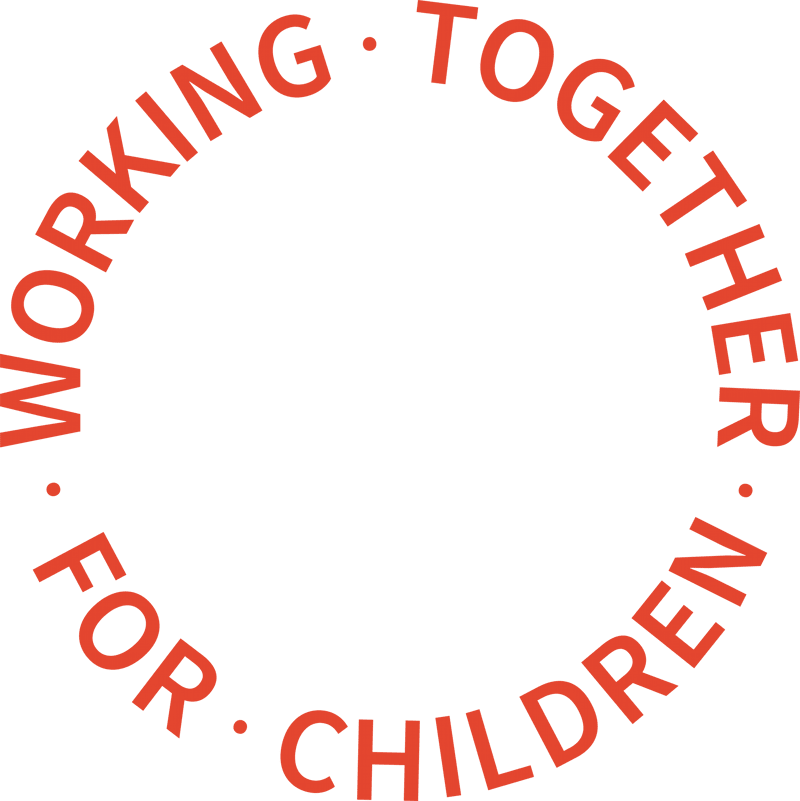Child protection plans rise by a quarter, says EPI
Child protection plans have increased by a quarter between 2010 and 2016, according to a report by the Education Policy Institute.
The ‘Vulnerable children and social care in England: a review of the evidence’ report found that the proportion of acute interventions from social services has risen markedly since 2010.
“There has been a rise over time in the acutest forms of monitoring and intervention. Official statistics show that, between 2010 and 2016, the rate of all Children In Need per 100,000 decreased by 1 percent, yet the rate of children issued with Child Protection Plans increased by 24 percent (from 34.8 to 43.4) and the rate of looked after children increased by 9 percent (from 57.0 to 62.0),” said the report.
It highlights that increases in more acute forms of intervention are also occurring in spite of half of children’s social workers reporting increases in thresholds for access to these services.
The EPI attributes that increase, in part, to a deliberate response to high-profile reviews into child deaths resulting from abuse. However, it is clear that cuts to early intervention services and rising deprivation also play a role.
“With local authorities struggling to fund crucial early intervention services, social care interventions become reactive – with more children on Child Protection Plans as a result,” it adds.
The research highlights that the latest published data shows that there are 389,430 children in need in England. Within this classification, more serious cases – those assessed to be likely to suffer or currently suffering significant harm – are issued with a Child Protection Plan and account for around 13 per cent of all CIN, children looked after by their local authority make up around 19 per cent and those with a disability account for 13 per cent. Approximately 6 per cent of the total population of children and young people in England qualify as ‘in need’ at some point throughout the year.
The broad categories of abuse underlying the increase in CPPs since 2010 are emotional abuse and neglect, with fewer children identified as being at risk of physical abuse and only slightly more at risk of sexual abuse.
According to the latest data release, factors of need for all CIN most commonly identified in assessment are domestic violence (49.9 per cent) and family mental health problems (39.7 per cent).
There is a strong association between deprivation and contact with social services, the report says. The latest official statistics show that 30 per cent of school-age children in mainstream provision on child in need plans and 37 per cent of those on child protection plans live in areas of high deprivation (based on IDACI bands), compared to 18 per cent of other children and 17 per cent of looked after children.
Additionally, analysis of local expenditure on children’s services since 2010 suggests that a modest overall increase has not kept pace with the number of children in contact with services. In order to maintain statutory services, cuts have been focused on early support services - and some local authorities argue this may be driving demand for more acute interventions later on.
According to the National Audit Office (NAO), local children’s services have seen a 3.2 per cent real terms increase in expenditure from 2010 to 2017 - despite a 28.6 per cent drop in local spending power in the same period. However, researchers at the Universities of Sheffield and Huddersfield found a real terms 11.3 per cent fall in median spend per child from 2010/11 to 2014/15.
The EPI also states that the provision of social care staffing varies considerably, and in many areas is showing signs of strain. In London, workers’ caseloads are slightly lower – yet agency workers fill a high proportion of vacancies. In the Midlands and parts of the North, workers’ caseloads are higher, but vacancies and agency rates are lower.
It highlights how a greater proportion of local authorities in regions with higher children’s social care caseloads have received poor Ofsted ratings.
The number of workers entering the children’s social care profession was substantially higher in 2017 compared to previous years suggesting that effective local recruitment and retention payment schemes may have contributed in some areas. However, turnover rates are still very high, standing at 14% – around 50% higher than the teaching profession, with staff burn-out appearing to be a significant problem. Just under two-thirds of those leaving local authority employment in 2017 had worked for less than five years.
“With research indicating that child poverty is projected to increase, growing pressures on the care system are unlikely to decrease without measures that address the underlying connections between poverty and child protection risk,” said the report. “In light of financial constraints, additional resources at a local level may also be necessary to prevent the outcomes of vulnerable children deteriorating.”
ADCS President Stuart Gallimore said: “Funding for local government is at half the level it was in 2010, despite demand having significantly increased. We are now facing a level of demand and complexity for which current resourcing is insufficient. In addition to this, the LGA estimates children’s services face a funding gap of at least £2bn by 2020. In order to protect statutory services, local authorities have had no choice but to cut vital early help and preventative services that we know can prevent the escalation of need to crisis point, thereby reducing the need for more acute services. An increasing number of children are living in poverty and more and more families are going hungry or using food banks to survive. Whilst this is not exactly news, the long-term impact of this approach is incredibly short-sighted and unsustainable; if support services are no longer in place to deal with issues before they escalate then there will be huge financial and human costs in the long term.
“The report highlights the association of adverse childhood experiences and poorer health, social and economic outcomes for children throughout their lives. The growing prevalence and the impact of parental mental health, substance misuse and domestic abuse continues to be a major concern for our members and their teams. The current approach to funding children’s services does not facilitate the focus we would like to see on addressing the root causes of these issues. Children’s services are not, nor should we be, a blue light service, but after years of chronically under-resourcing these services our ability to improve outcomes for vulnerable children and families is in serious jeopardy,” he concluded.
‘Vulnerable children and social care in England: a review of the evidence’


